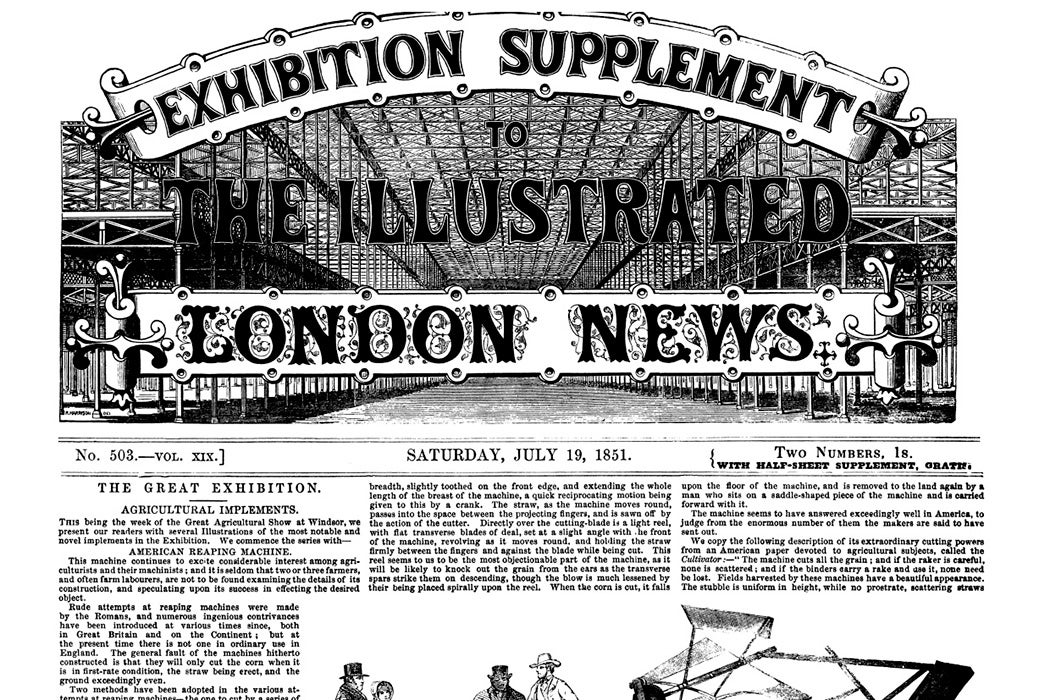One of the latest chapters in the never-ending debate about anonymity and the Internet is happening on college campuses, where some students are using the Yik Yak app to make offensive, threatening comments.
Today, when we think about anonymous public expression, we tend to look at a balance between free speech and the nastiness and threats that anonymity often allows to flourish. But 150 years ago in Great Britain, the question of what role anonymity should play in public discourse looked completely different, as Dallas Liddle discusses in a 1997 paper for Victorian Studies. Liddle explains that in the 1860s British magazines and reviews moved from publishing almost all articles anonymously to using bylines in most cases. The change was accompanied by lively debate, but not one that the modern reader might expect.
In the 18th century, Liddle writes, the government had imposed newspaper stamp taxes to limit circulation to the upper classes, fearing that radical papers might incite revolutionary mobs. But by 1855, elites were thrilled with the work of newspapers in a way that’s hard to imagine today, arguing that they helped educate the working class and promote social order. They saw the role of the media as paternalistic, “speaking the values of the larger society and invested with corporate authority.”
Liddle writes that the most common complaint about anonymous journalism was not that it was incendiary or offensive but that it was boring. One journalist, G. H. Lewes, wrote in 1865 that writers “are urgently prompted to say what they know others think, and what consequently they themselves may be expected to think…. They are as if dismayed at their own individuality, and suppress all traces of it.”
Lewis and many other critics of the contemporary press called for writers to sign their articles based on the value of individuality. The call for the use of bylines took two forms, Liddle writes. One argument drew on a sports metaphor: like competitors on the playing field, writers would do their best work and maintain the highest integrity if their peers and society can watch what they are doing.
The other common way of arguing against anonymity was based in laissez-faire ideology, the notion that periodical publishing was a literal marketplace of ideas. The problem with anonymity in this formulation was that it hid relevant information, preventing a fair transaction.
Get Our Newsletter
If these arguments still sound fairly relevant, the responses from supporters of anonymity are almost incomprehensible to a modern reader. They were based largely on a particular conception of an upper-class gentleman who would be too modest to put his name to his writing, and on the idea that letting each magazine or newspaper speak with a unified voice reduces “individual recklessness” and “crochettiness, foolhardiness, and violence,” as one writer of the era put it.
Today, of course, social media and Internet publishing have vastly reduced the power of any newspaper or magazine to control the public conversation, creating a marketplace of ideas far freer than the Victorians could have imagined.







